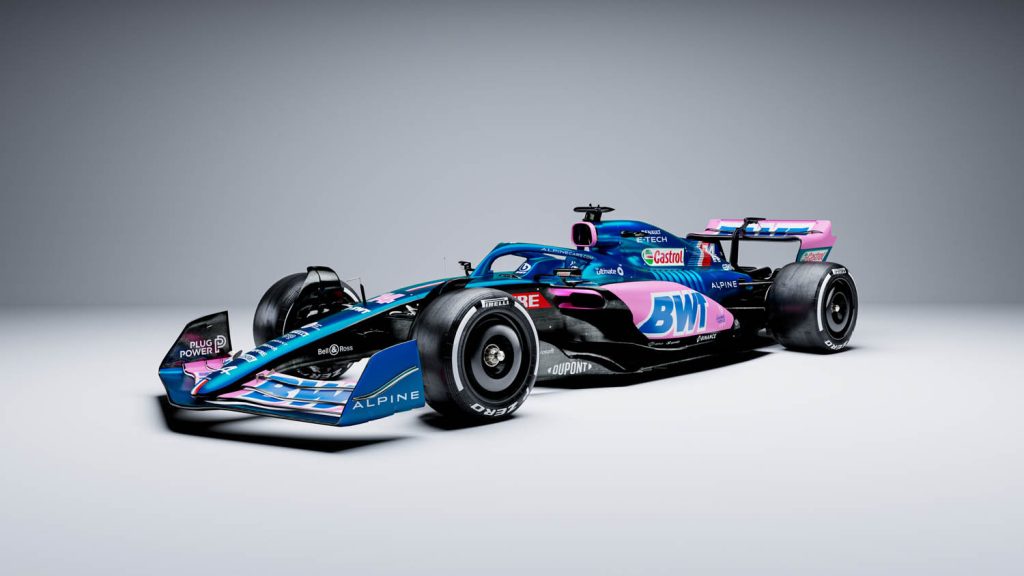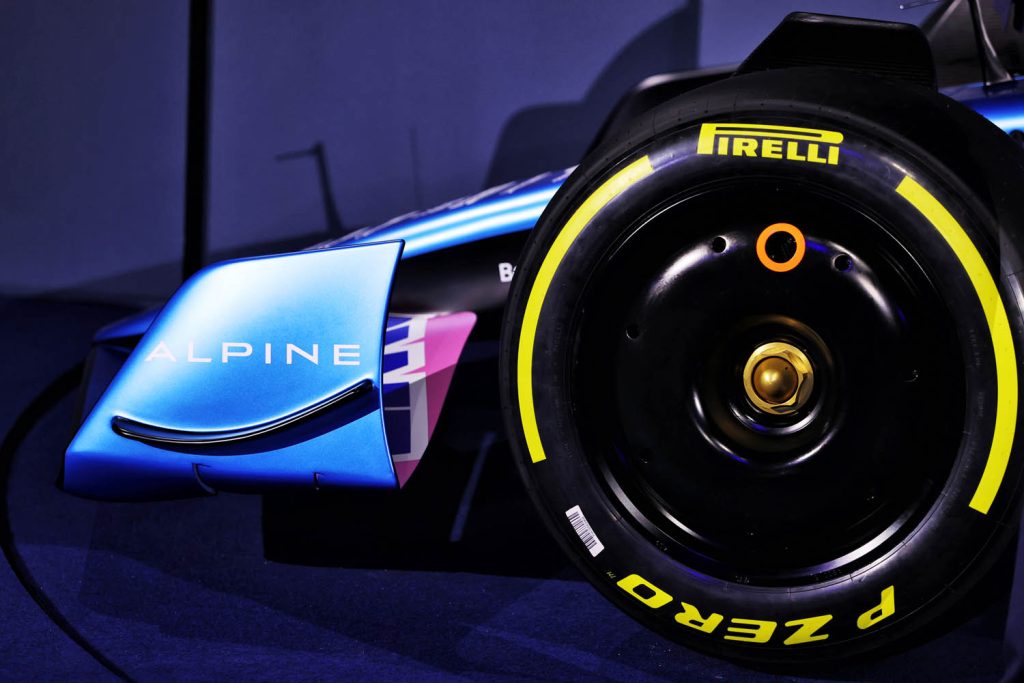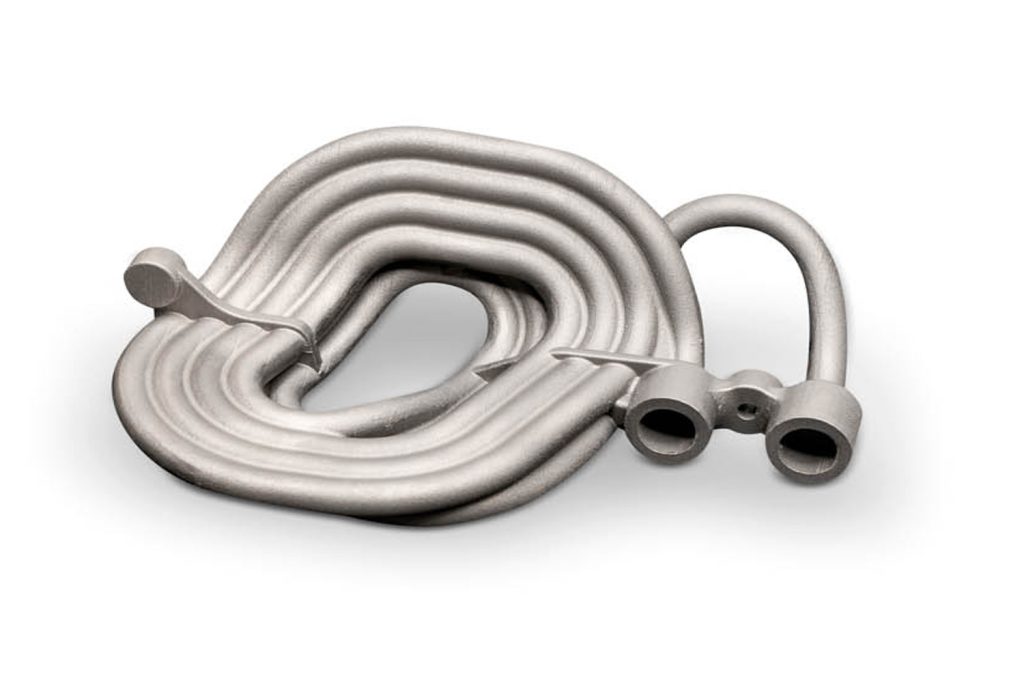With over two decades of experience, the Alpine F1 team is still finding unique ways to get incredible performance from its cars through additive manufacturing. And its 2022 car is no exception, as Claudia Schergna reports
When it comes to designing a Formula One (F1) car, speed is the key consideration both on track and during the development process.
Restless innovation and ever-evolving standards of peak performance mean that teams need to be as fast as possible to develop a brand-new car each season. As seen in numerous applications across many different industries, speed is one of the biggest advantages of additive manufacturing (AM). It comes as no surprise then that it is widely employed in this sector.
Owned by Renault, Alpine Cars was one of the first F1 teams to adopt 3D printing for prototyping new models, with a collaboration with 3D Systems beginning in 1998.
As the partnership evolved, the application of 3D printing at Alpine went well beyond just prototyping. The Alpine team started employing AM to improve wind tunnels, produced on-car parts through 3D printing for investment casting and began exploring direct metal printing (DMP).
The 3D Systems machines that Alpine currently uses include six stereolithography (SLA) printers and three selective laser sintering (SLS) machines.
Alpine – Pushing the limits
For this year’s model, the blue and pink A522, Alpine F1 Team used AM to produce a titanium hydraulic accumulator with complete functionality that could push the car’s performance and reduce its environmental footprint.
To do so, it used 3D Systems’ direct metal printing technology to produce the part as well as its proprietary post-processing cleaning process.
The hydraulic accumulator is a long, rigid piece of tubing that stores and releases energy to average out pressure fluctuation and the performance of this dampener system is strongly affected by its internal volume and length.
Alpine produced the part using LaserForm Ti Gr23 titanium, with the AM process allowing it to build an internal geometry that makes it strong and light at the same time.
By 3D printing the part, the team was able to maximise the length of the dampening coil, while packaging the ultimate functionality within a restricted boundary.
“We designed this part to be as volumetrically efficient as possible, and to share wall thickness between adjacent tubes,” says Alpine digital manufacturing manager Pat Warner. “Achieving this volume is only possible with AM.”
The selected LaserForm Ti Gr23 material allowed the team to achieve thin walls (0.5mm) while maintaining strength, resulting in an optimised performance while still saving mass through adjacent wall sharing, keeping a limited volume to compress the total length of the part.
The titanium dampening coil was produced using 3D System’s DMP Flex 350, a metal AM system featuring oxygen levels under 25 ppm and an inert printing atmosphere. This system ensures high chemical purity and allows for the repeatability required for producing multiple parts needed throughout the race season.
Powder problem tackled
While the reduction of weight, functionality and integration into larger systems were all positive aspects of the use of additive manufacturing in the production of this part, the Alpine F1 team faced a tricky challenge when it came to removing powder from its internal channel.
While in use, the dampening coil is filled with fluid that has a specification for cleanliness to avoid contamination, which is why complete material evacuation is key. To achieve that, the team decided to adopt 3D Systems’ own cleaning protocol.
Warner explains: “Their proprietary cleaning process has a proven track record in high-performance applications for delivering particle-free components, even on challenging internal channels.”
Warner added that the team is looking into expanding the applications of AM in the coming seasons, adding speed to the car build and hopefully on track, too.








